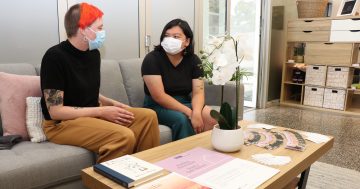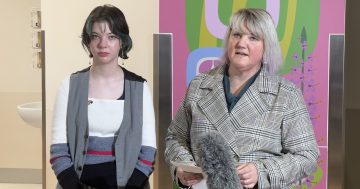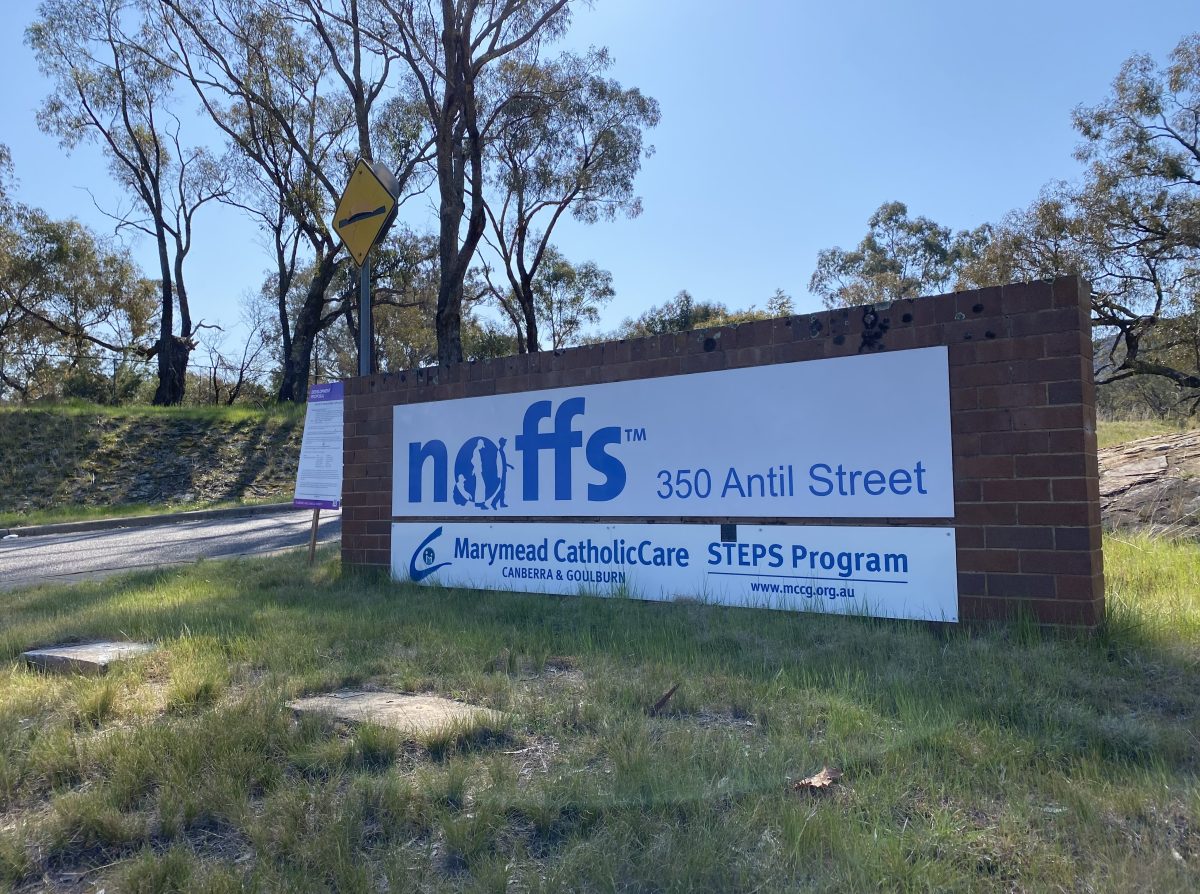
The Watson health precinct redevelopment will give the Ted Noffs Foundation and Marymead CatholicCare programs a fresh home and deliver Canberra’s first residential rehab facility for First Nations people. Photo: Claire Fenwicke.
Canberra’s first dedicated residential rehabilitation facility for First Nations people is a step closer to reality with the development application for a new health precinct now open for community feedback.
The $49 million knock-down re-build of the old Watson Hostel site will also see a doubling of capacity for the services currently housed in the centre – Marymead CatholicCare’s youth mental health residential service and the Ted Noffs Foundation’s alcohol and other drugs youth rehabilitation services.
Local health and community service Winnunga Nimmityjah will run the 24-bed Aboriginal and Torres Strait Islander residential rehab facility.
CEO Julie Tongs described the long-awaited service as a “real game changer” for the region.
“We need to keep people out of prisons. We need to stop sending our mob interstate for residential rehab because they do really, really well when they go away, but then it’s not very long once they come back that they fall into the same old patterns,” she said.
“With our own residential rehab here, we can then integrate people back into their families and back into the community so that they have the strategies and can fall back on us if they need support.”
Ms Tongs said being on country for recovery was particularly important for Indigenous peoples who had been incarcerated or were part of the Stolen Generations, as it would help strengthen their identity and receive local support.
“[This will be] a place for healing, supported by culturally sensitive indoor spaces, landscaped areas and shared places for recreation,” she said.
“I’m really excited for our mob.”
The new buildings will be constructed before the old ones are knocked down, meaning Ted Noffs and Marymead can continue their work during construction.
Marymead delivers the STEPS program for young people aged 13 to 18 years who are experiencing moderate to severe mental health issues, allowing them to stay for up to three months.
Canberra and Goulburn CEO Anne Kirwan said they had experienced a large increase in waiting lists over the past two years, with some families having to wait for up to six months to access one of the five beds on site.
She said doubling the amount of beds would get the wait lists to a more “manageable number”.
“We certainly believe this will definitely mean we won’t have to put our young people on waiting lists anymore,” Ms Kirwan said.
“The buildings [here] are old, they’ve served their purpose, it’s time [for them] to go so we can deliver something that’s beautiful and incredible that helps people in their journey of recovery.”
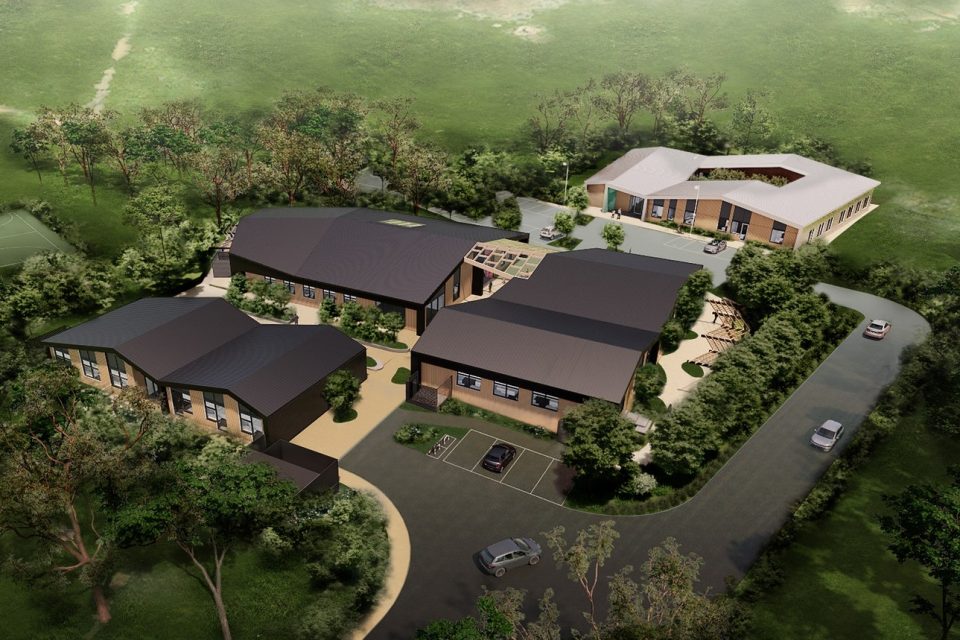
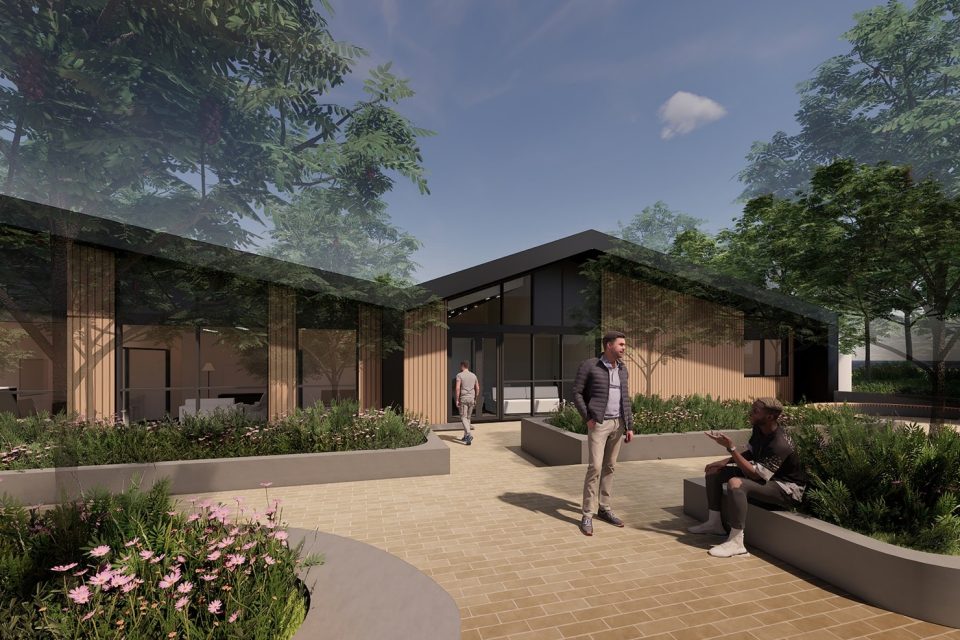
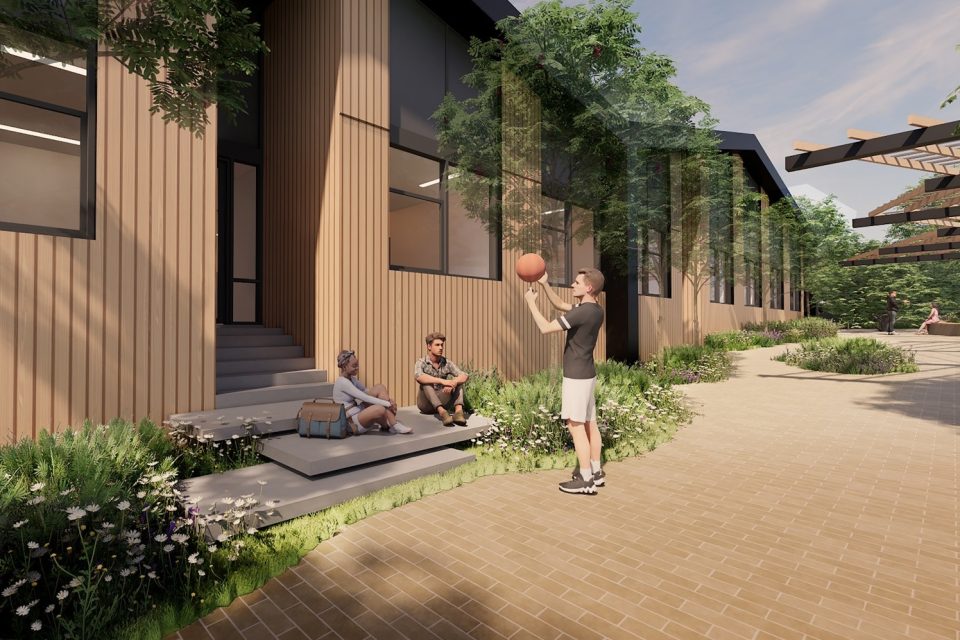
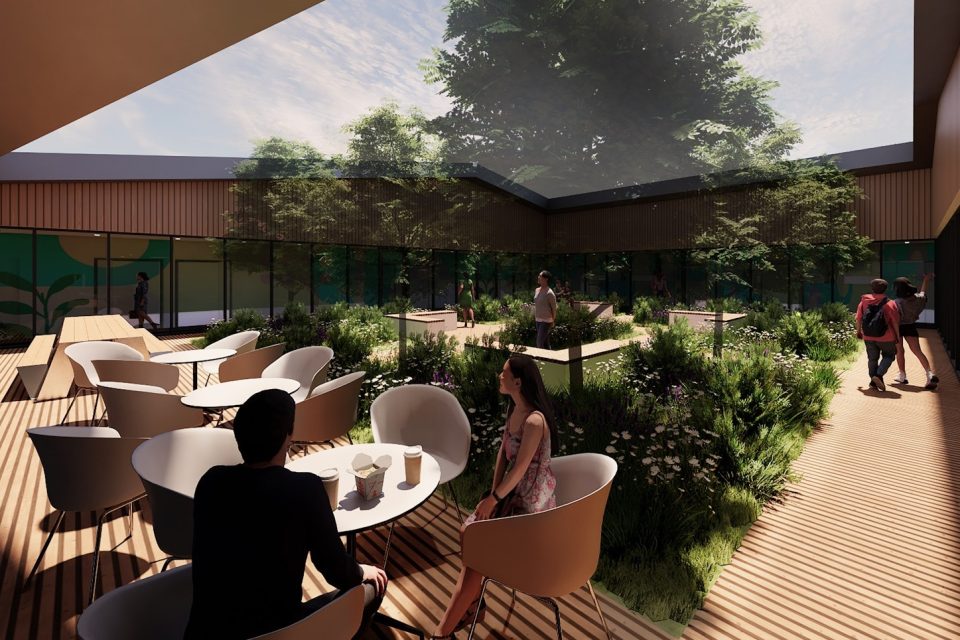
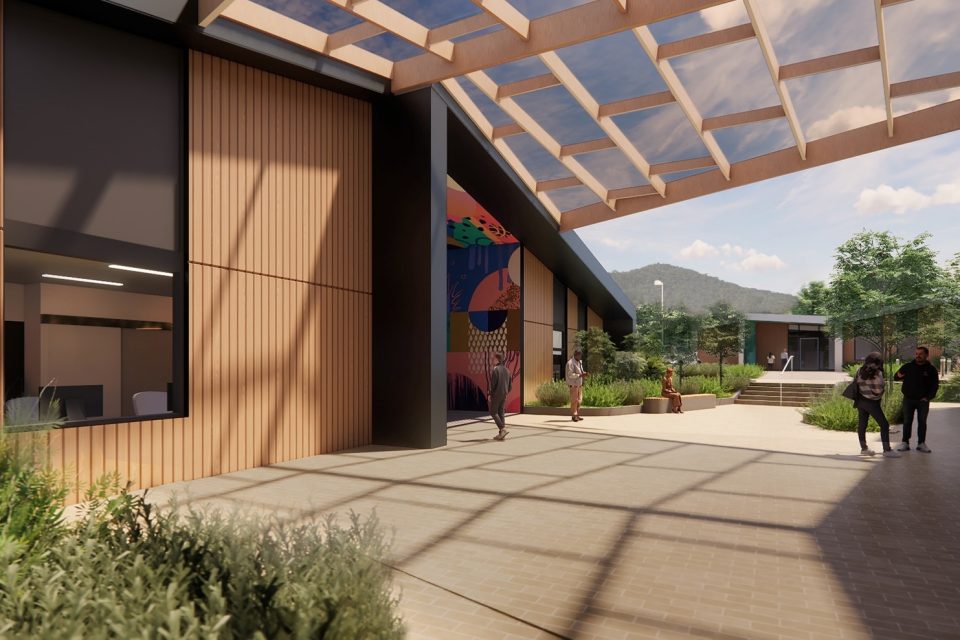
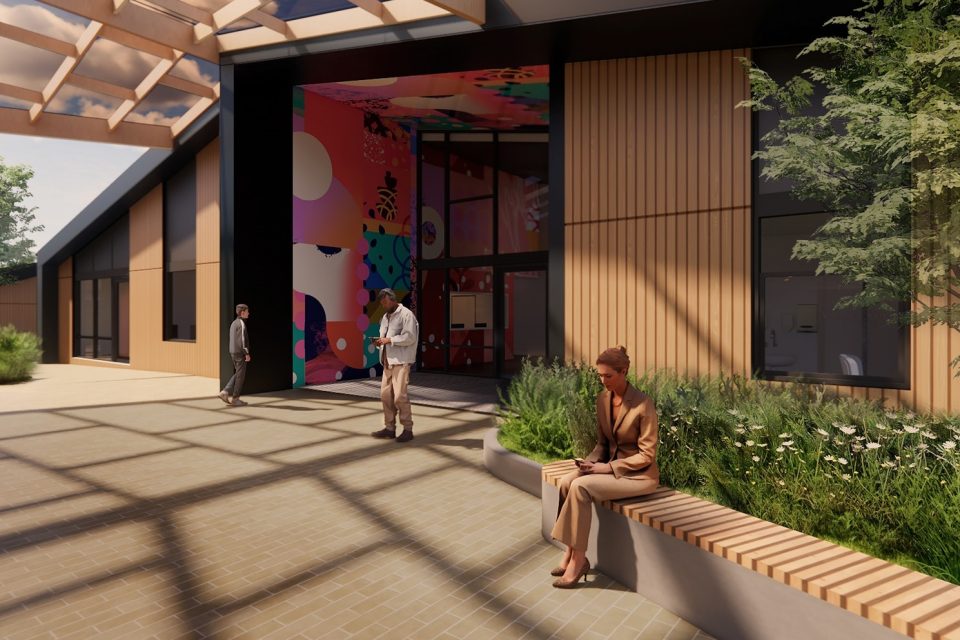
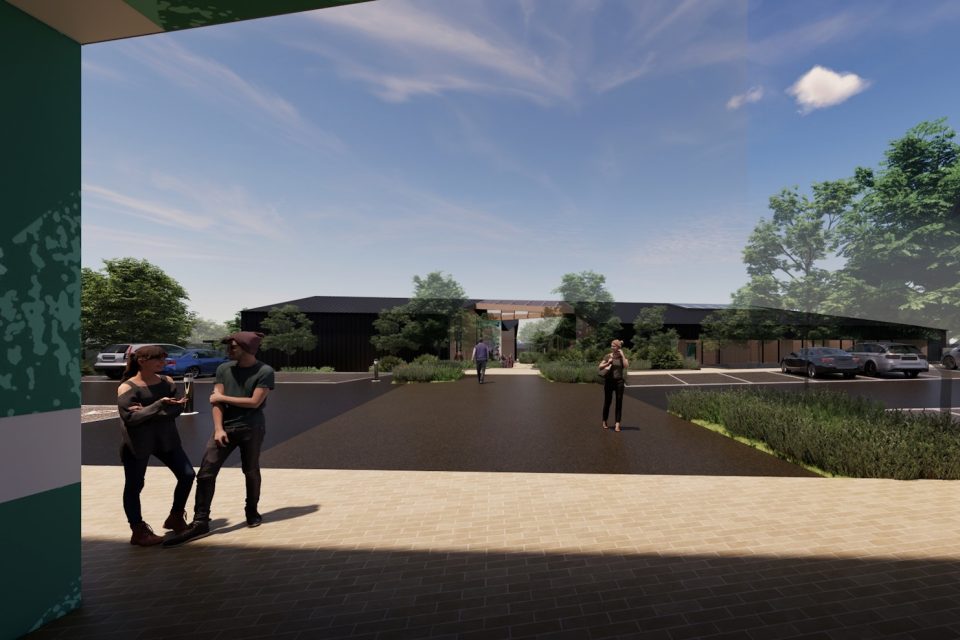
The number of beds under the management of the Ted Noffs Foundation will increase from 10 to 20 beds.
National Programs Manager Lachlan Dean said investment in early intervention could be life-changing for young people.
“There’s some really good evidence that 30 days in a treatment facility like this has really long-lasting impacts, not only around drug and alcohol use but around mental health and crime,” he said.
“If we can give them some small interventions to manage their lives better, the substance use drops off really quickly, particularly at this age.”
While young Canberrans are prioritised for the program, it will also take people from the Riverina and South Coast areas.
Health Minister Rachel Stephen-Smith said the current facilities had reached the end of their “useful life”, and as demand for such services continued to increase, it was important to have places available for those seeking help.
“When we talk about harm reduction, having access to appropriate services is key, and getting in early with young people who are experiencing challenges with the use of alcohol and other drugs – often related to early childhood trauma and the complexity of their lives – is really key to ensure that they can get their lives back on track and move forward to a positive future,” she said.
Construction is expected to begin towards the end of this year or early 2024. The building work is expected to take about 12 months to complete.
The community can provide feedback on the DA until 9 October. More information about the designs of the facility is available at Built for CBR.












